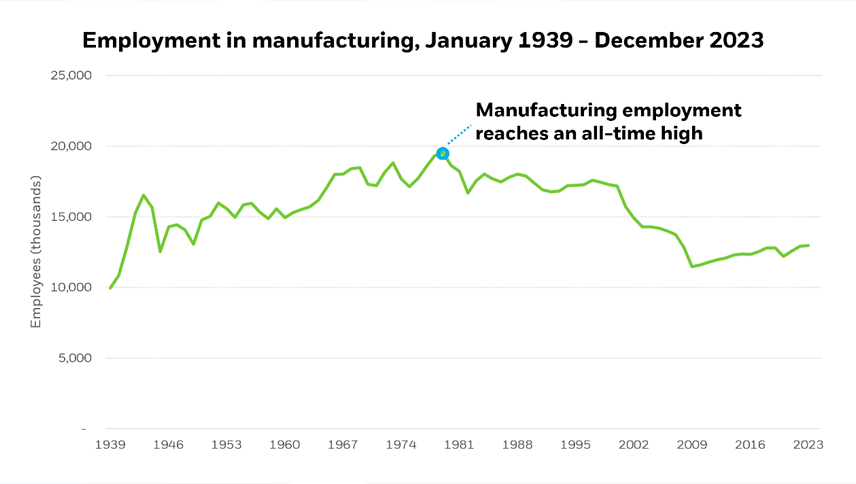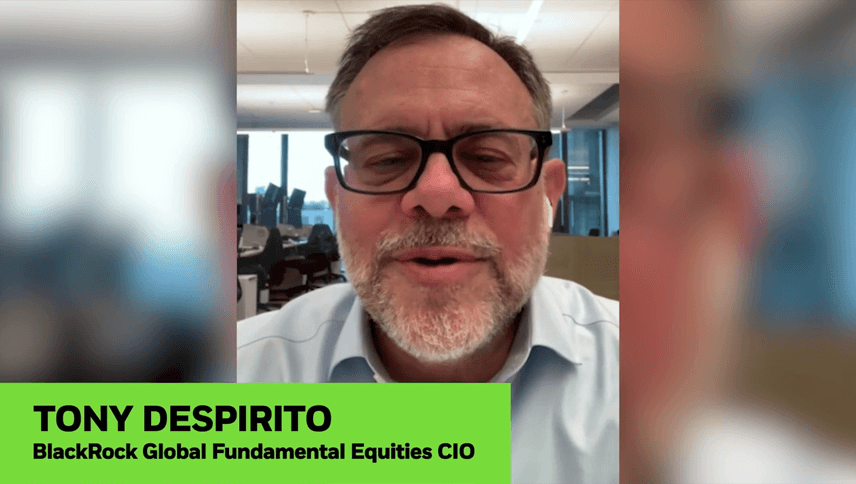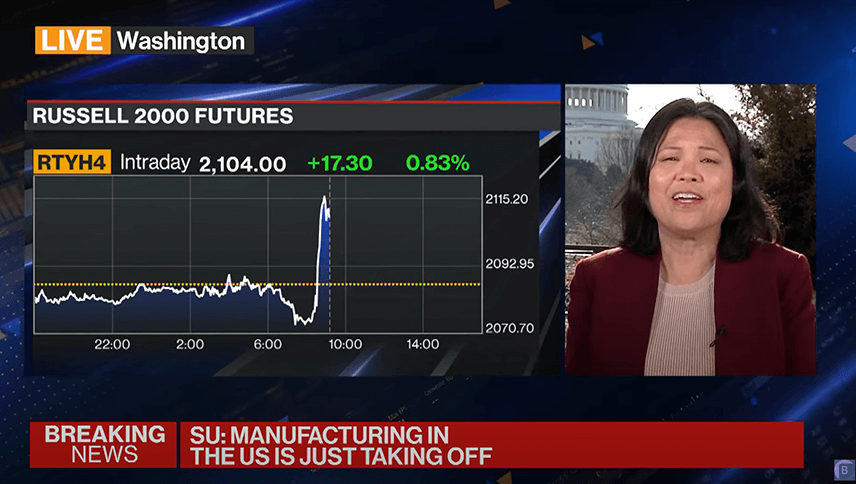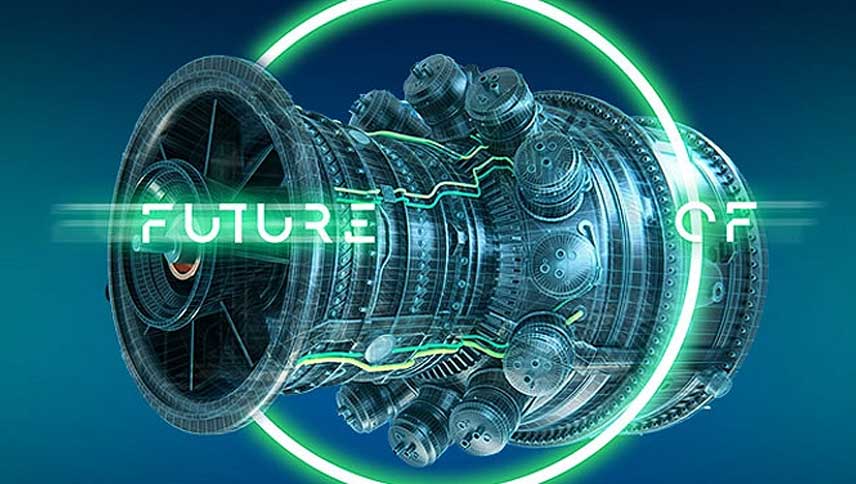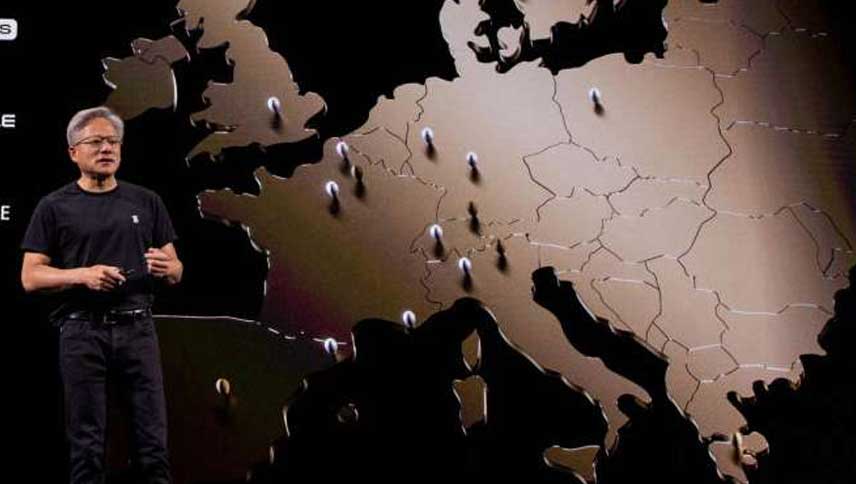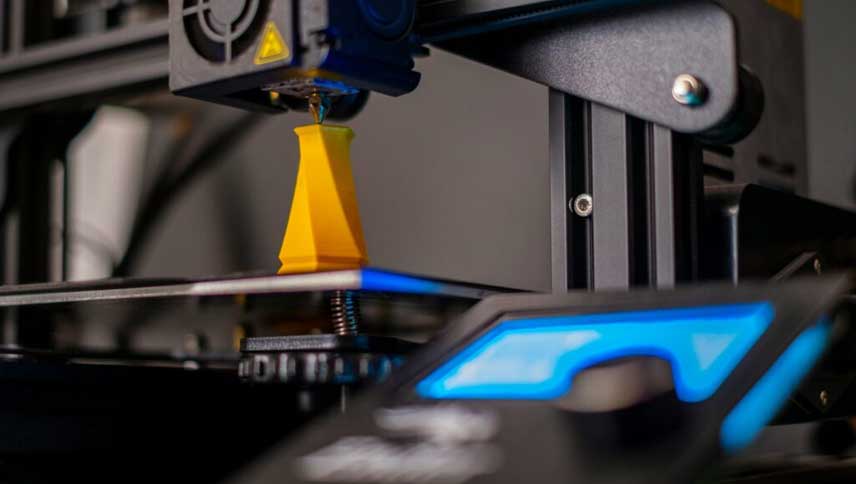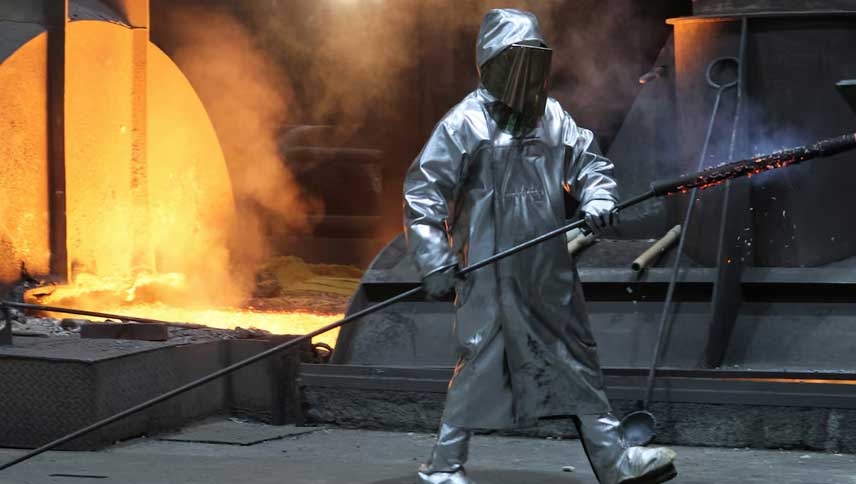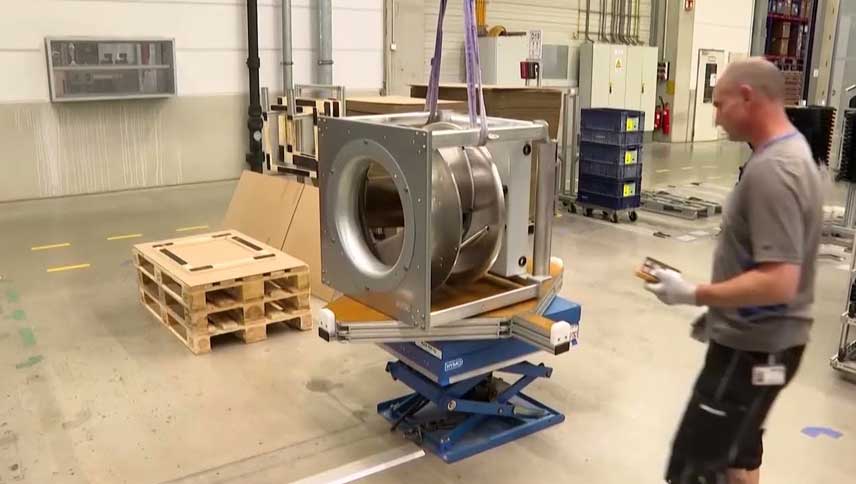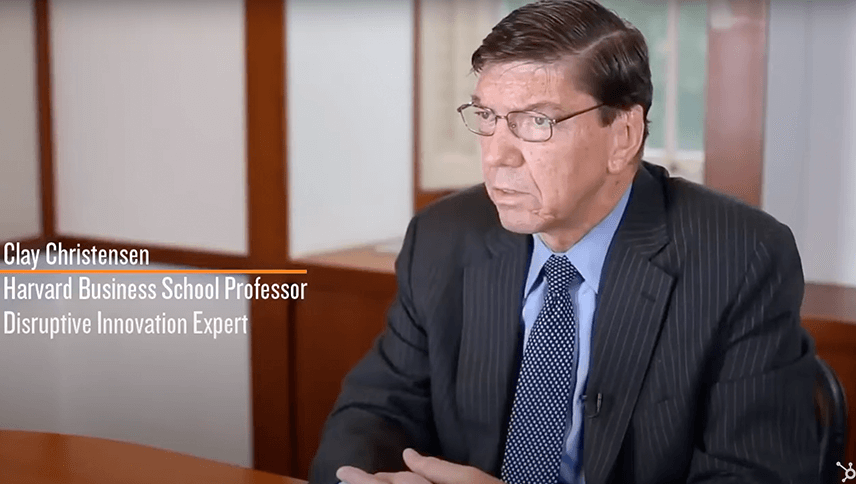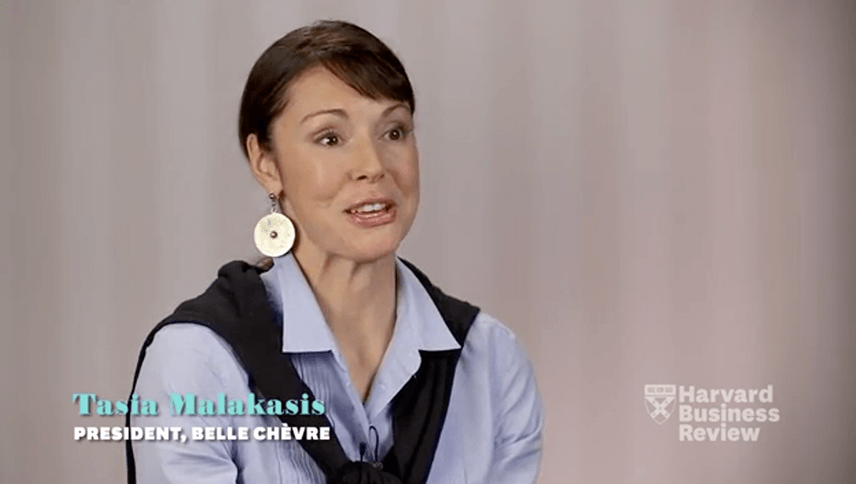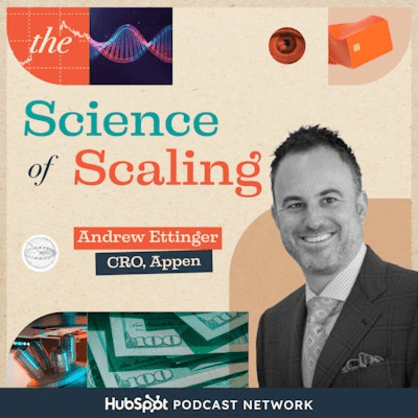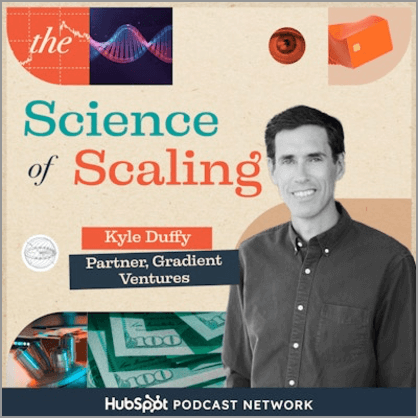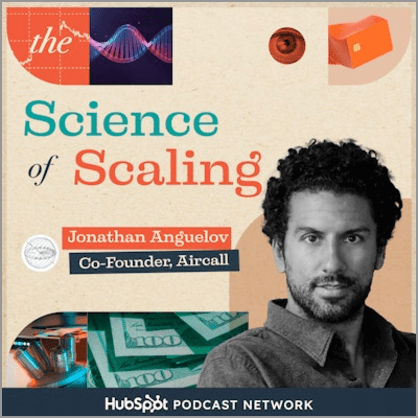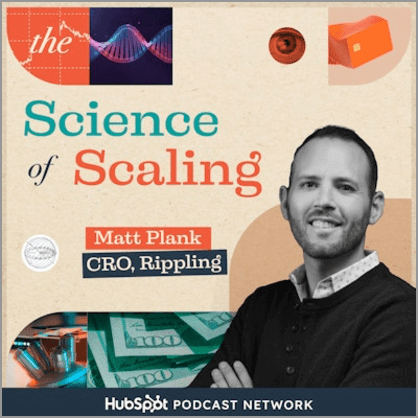Why Manufacturing Is Coming Back To The U.S.
CNBC
By Juhohn Lee, Christina Locopo, Lindsey Jacobson
SEP 25, 2023
News Anchor: More than 19 million Americans held a job in manufacturing during the peak in 1979. Since then, that number has tumbled by nearly 36 percent to just 12. 5 million in November 2021. In comparison, non farm employees grew more than 65 percent during the same period.
Ed Gresser: There are several reasons for this. One is that manufacturing steadily is becoming a more complex industry where you need more people with advanced degrees and Professional certificates
Scott Lincicome: over the last 50 years, certain industries that just aren’t really well suited for the U.S. Economy, particularly labor intensive, low wage manufacturing and things like textiles or furniture, um, have moved offshore.
News Anchor: But now The U. S. is spending big on industrial policies to bring manufacturers back to America.
Ed Gresser: Industrial policy is the use of some sort of government power, either legal power or taxing power or tax abating power or some other thing to have the economy start producing some things that the government thinks it needs to be producing and maybe isn’t producing.
Scott Lincicome: If you look at. The three pieces of legislation, the Chips and Science Act, the Bipartisan Infrastructure Bill, and the Inflation Reduction Act, you’re looking at more than a trillion dollars in new government spending on industrial policy.
News Anchor: Not all economists believe the government should be playing favorites.
Scott Lincicome: Politicians and bureaucrats are ill suited to pick winners in the market. If the Federal government, um, so puts its thumb on the scale on one side, there is inevitably going to be some sort of, um, loser.
News Anchor: So how exactly is the U. S. government convincing manufacturers to return? And will its bet pay off?
This isn’t the first time the U. S. government has directly interfered with the free market.
Harry Moser: Industrial policy in the U. S. was started by Alexander Hamilton. He, he, he, the U. S. was weak in terms of making things and we knew we had to be strong, we had to make cannons. muskets, whatever. And so they put on a heavy tariff walls that made it not economic to import things.
And therefore, companies here started to make things. And we’re a great country significantly because of that.
News Anchor: However, experts say the recent initiatives from the Biden administration are unprecedented.
Scott Lincicome: The United States government has in the past used subsidies. It has used tariffs and buy American protection.
Um, but the scale of what we’re playing with now is far, far bigger than anything we’ve done in the recent past.
News Anchor: Government incentives ranked second on reasons why manufacturers are returning to the U. S. According to the National Institute of Standards and Technology.
Harry Moser: He asked manufacturers and distributors, to the extent that you get product components from offshore, why do you do that?
Why don’t you get them here? And they said price.
Scott Lincicome: If the government can lower that cost of production through subsidies, it makes production more attractive in the location that the government wants it.
News Anchor: The new incentives from the Biden administration focus on two specific sectors, electric vehicles and semiconductors.
For instance, the Inflation Reduction Act of 2022 employs tax credits to encourage the manufacturing of clean energy in the U. S. Since its enactment, at least 45 billion dollars in private sector investment. has been announced across the supply chain, according to the Treasury Department.
Harry Moser: The EV battery tax credit is 7.
5, 000 per new car, and then a 4, 000 credit when you sell the used car to somebody else. U. S. manufacturing costs isn’t that much higher than doing it in China, for example. And therefore, It would clearly be more profitable to do it here than it would be to ship it, make it there and ship it here. So the the incentives have been
News Anchor: huge.
Meanwhile, the Chips and Science Act of 2022 set aside 50 billion dollars to boost America’s competitiveness in semiconductors. The Semiconductor Industry Association estimates that the act has attracted over 210 billion in private investments across 22 states.
Ed Gresser: We make a fair amount of them, but we are highly reliant on a relatively small set of sources, especially Taiwanese.
One of the lessons that not only the government have drawn from the COVID is that semiconductor sector is at the core of a lot of advanced manufacturing and even a lot of mid level consumer goods manufacturing and that you can’t really afford an interruption of semiconductor supply.
News Anchor: All major U. S. defense systems today rely on semiconductors in order to function. The Biden administration has referred to the reshoring of semiconductors as a matter of national security.
Scott Lincicome: There is a theoretical case for industrial policy, particularly in national security related technologies. Free markets just simply can’t account for that national security issue.
And the Defense Department is not a big enough buyer to. In itself, in its own demand to ensure that we have sufficient onshore supply,
News Anchor: if successful, industrial policies can also potentially lead to big payoffs.
Ed Gresser: The development of space industry, we now have a large commercial space launch industry. That investment of public money in space science is now having a big commercial payoff.
Another example would be the development of mRNA vaccines for COVID. They put out a goal for business. to do when they finance it and the business is delivered on it and that cost a lot of money but I think most people would say it was well worth it.
News Anchor: But there are also strong cases against them.
Scott Lincicome: Politicians and bureaucrats are ill suited to pick winners in the market. The real economy is insanely complex involving millions of people and millions of transactions every single day. What is Potentially strategic today might change dramatically tomorrow. We are head first into electric vehicles today.
We’re running the risk of, you know, pushing a technology that isn’t quite ready for prime time. And in the process, sidelining a technology that maybe turned out to be a better approach.
News Anchor: Industrial policies are also susceptible to the biases of the politicians involved.
Scott Lincicome: The reality is that Any industrial policy must make it through a political process that is inevitably influenced by political actors, whether that is interest groups or lobbyists.
So all of those political influences really are a corrupting force. The Micron plan in upstate New York, well, that just happens to be where, um, Senate Majority Leader Chuck Schumer’s. home state, right? We see the Intel plant in Ohio. Um, well, Ohio is, of course, a very politically important state for the presidential election.
So you might be running the risk of having projects located in places that are more politically important than they are. strategically sound commercial investment.
News Anchor: There’s also the issue of hidden costs.
Scott Lincicome: If the federal government, um, so puts its thumb on the scale on one side, there is inevitably going to be some sort of, um, loser
Jay Timmons: electrification, uh, batteries.
That is an area where we know we have to invest. We can do that with incentives, but at the same time, we can’t penalize through the regulatory system, uh, other forms of, of energy production or development.
News Anchor: Ultimately, critics point out that it isn’t the government’s job to pick the winners and losers in a free market.
Scott Lincicome: My view is that I have no idea what’s the right industry or the wrong industry. Um, and I think that as long as we’ve implemented the right. Market based policies to make investing and producing here, um, affordable and attractive, um, the market is going to figure that out.
News Anchor: Total construction spending in the manufacturing sector has seen an increase of over 106 percent since November 2021, when the Infrastructure Investment and Jobs Act was passed.
That means the U. S. has spent more money building factories than schools, health care centers and even office buildings.
Ed Gresser: Still an open question, but I do think you see electronics and semiconductors sector companies that had been here, again, seeing the U. S. as a place they want to make things and others considering it.
So I think that’s a, it’s a, it’s a positive story and the administration’s right to claim a bit of credit for that.
News Anchor: Experts suggest a broader policy could have brought more significant and efficient improvements.
Harry Moser: I think they, instead of spending so much on, on the incentives that they did have, they should have spread it around more.
And, and taking other actions that would have, um, leveled the playing field.
Scott Lincicome: The most obvious one, especially given the technologies that we’re looking at, is on immigration. The fact is that a lot of the smartest people in the world can’t get to the United States to work here and support the types of technologies that the government.
Says, um, are critical to national security and the future of the U. S. economy. And you’re hearing from really across, uh, the industries in this tech space, the need for more high skill immigration.
News Anchor: The labor shortage is perhaps the biggest challenge that manufacturers have to face. 82 percent of manufacturing companies today are seeing a shortage of workers.
The National Association of Manufacturers estimate that 2. 1 million manufacturing jobs could go unfilled by 2030.
Jay Timmons: The rest of the world has the same problem. This is not a unique problem for the United States. We just need more workers. Part of that rests on our public schools. Primary and secondary education needs to focus on the amazing opportunities available in manufacturing, about half of which do not even require anything beyond a high school degree.
So you don’t have to amass hundreds of thousands of dollars of college debt. So you’re kind of setting yourself up for a challenging and an exciting future. Exciting career that will pay well and provide an incredible quality of life for your family.
News Anchor: Nevertheless, the rising trend in reshoring has brought back what the manufacturing sector has needed the most excitement.
Harry Moser: People used to believe manufacturing was cool until the factory in their small town got shut down and their work moved to somewhere else and everybody lost their job. As it comes back and it proves itself to be excellent careers again for, for millions of extra people, that will create excitement, uh, we’ll have better trained people, more productive, more enthusiastic and, uh, a rebirth of U.S. manufacturing.
Source: https://www.cnbc.com/video/2023/09/25/why-manufacturing-is-coming-back-to-the-us.html

